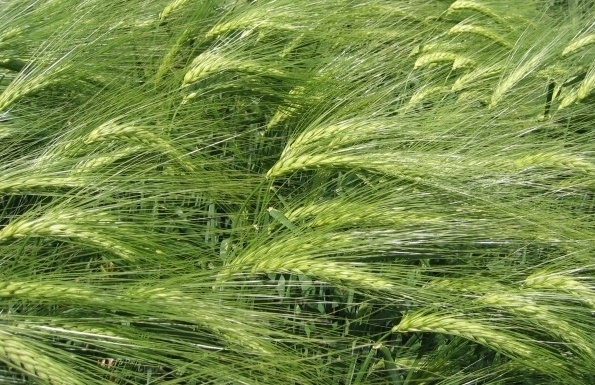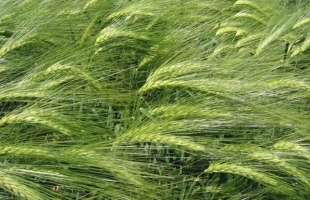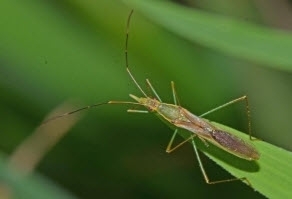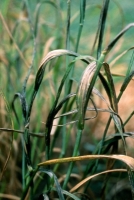BH 75: Semi dwarf, early maturing variety. It is resistant to yellow rust. It is used for malting purpose. Gives average yield of 10-14qtl/acre.
BG 25: Tall variety suitable for irrigated areas. Grains are medium size and amber color. Gives average yield of 10-14qtl/acre.
BH 902: Suitable for timely sown irrigated areas. Grains are round, bold and medium size. It is resistant to lodging. Gives average yield of 20qtl/acre.
BG 105: Medium tall variety suitable for late sown and irrigated areas. Resistant to yellow rust. Gives average yield of 6-8qtl/acre.
BH 393: Suitable for timely sown, irrigated areas of Haryana. Resistant to yellow and brown rust. Gives average yield of 19qtl/acre.
BH885: Suitable for timely sown, irrigated areas of Haryana. It is resistant to lodging and rust disease. Gives average yield of 19qtl/acre.
Other States Variety
RD 2035, BCU 73, DWRUB 64, RD 2503
PL 751, NARENDRA BARLEY 2, GETANJALI (K1149)












.png)
.png)
.png)
.png)

.png)
.png)
.png)
.png)


